Yoshino’s centerpiece is the sacred Mt. Yoshino, a UNESCO World Heritage site whose extraordinary beauty is worthy of the many poems written about it throughout the centuries.
Don’t Miss
• See the extraordinary display of 30,000 cherry trees burst into color from late March through April
• Walk in the footsteps of ancient mountain ascetics
• Luxuriate in the area’s mineral-rich hot springs
How to Get There
Although it is in Nara Prefecture, access to the Yoshino area is easiest from Kyoto Station. Alternatively, you can get to the Yoshino area from Osaka.
From Kyoto: At Kyoto Station, take the Kintetsu Line, which reaches Yoshino Station in about 1 hour 45 minutes.
From Osaka: From Abenohashi Station in Osaka, it takes 1 hour 25 minutes on the Kintetsu Minami Osaka Line to Yoshino Station.

Extraordinary scenery
Much of Yoshino in Nara Prefecture is a sprawling national park, encompassing the sacred Kii mountain range, now a UNESCO World Heritage site. Its heart is Mt. Yoshino, which has long been a symbol of spring in Japan. The mountain is featured heavily in classical literature, poetry and song.
You will encounter numerous shrines and temples here that are well over 1,000 years old. Several of these provide excellent views of the blossoms, including the Yoshimizu-jinja Shrine, where the famous 16th-century warlord Toyotomi Hideyoshi is said to have held a hanami party perfectly timed to gaze at the beautiful cherry blossoms.
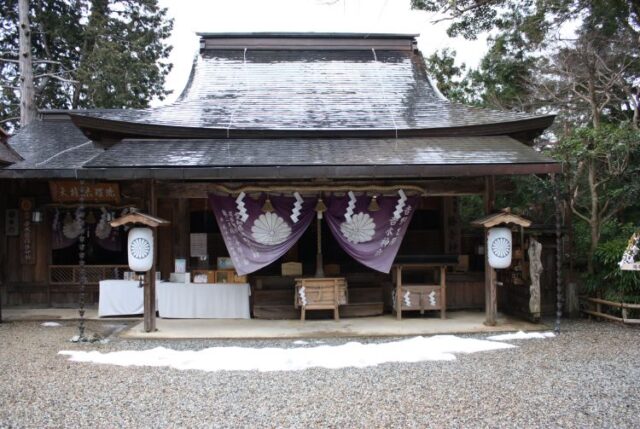
Nyoirinji Temple houses the mausoleum of the tragic figure, Emperor Godaigo (1288-1339). Godaigo was the last emperor to exercise political power during the long centuries of samurai rule which finally ended with the Meiji Restoration in 1868. His short political rule was terminated in wars that split the Imperial family into two rival factions.
Godaigo fled to Yoshino, setting up the so-called Southern Court to rival the alternative court established in Kyoto under the auspices of the shogun. Yoshino Jingu Shrine nearby is also dedicated to him.
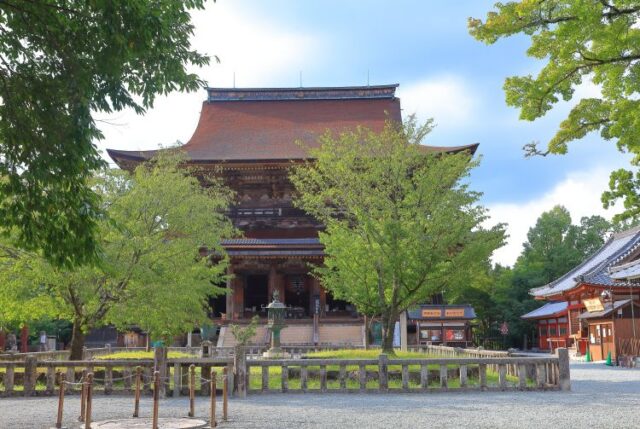
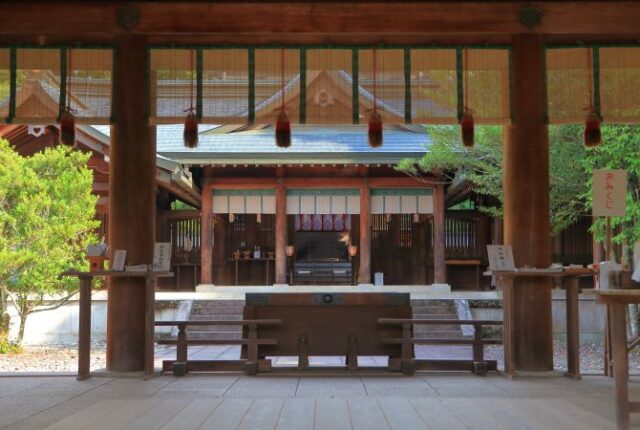
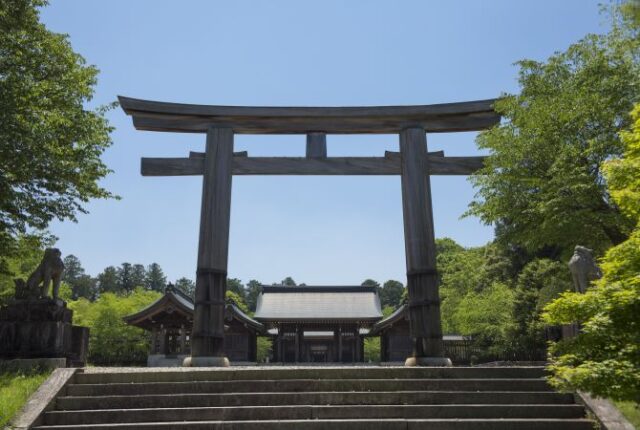
Center of the mysterious Shugendo religion
The 8th-century figure En-no-Gyoja built Kimpusen-ji Temple’s Zao-do Hall at the foot of Mt. Yoshino. The Zao-do, a national treasure, is Japan’s second largest wooden structure, after the Great Buddha Hall of Todaiji Temple in Nara City, and well worth a visit.
En-no-Gyoja was the father of the Shugendo religion, which is a form of ancient mountain worship and whose practitioners subject themselves to rigorous ascetic training including fasting and purification in freezing waterfalls. You may spot a pilgrim here in the distinctive attire, blowing on their conch shells.
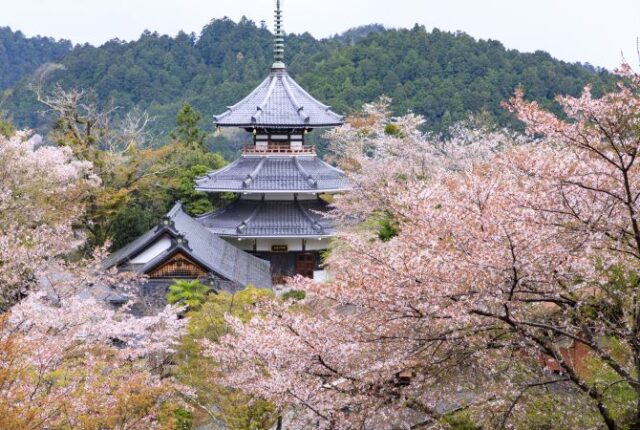

Yoshino makes a great day trip from other cities in the Kansai area, but you may wish to stay overnight to make the most of the hot springs here. With dozens of trails, the Yoshino area is a haven for a combination of hiking and onsen soaks. The best way to beat the crowds in the cherry blossom season is to stay overnight and then see the blossoms in the early morning before the trains arrive.

